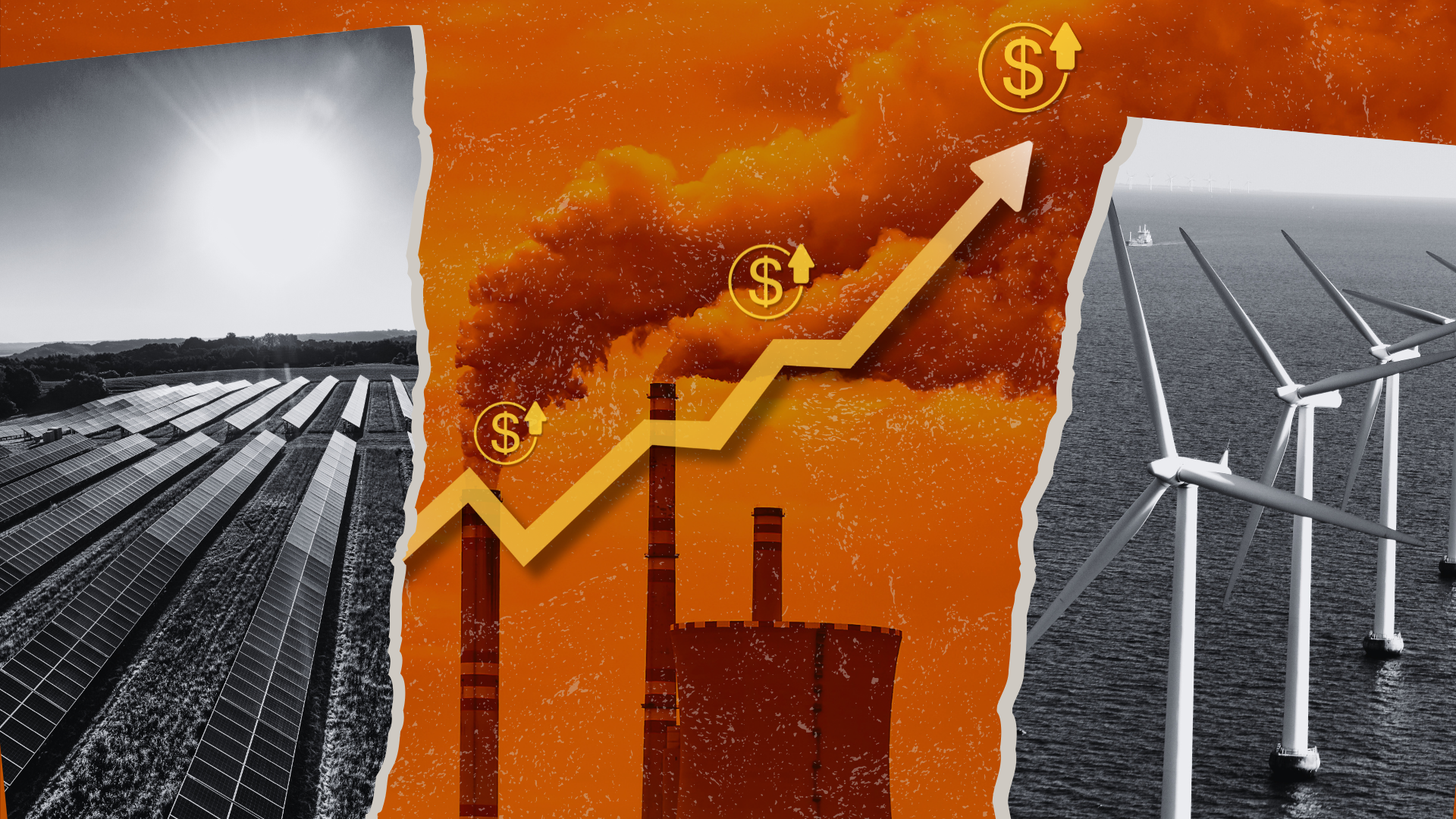Diesels: Still Not Very Green
This post is by Sheryl Canter, an Online Writer and Editorial Manager at Environmental Defense.

John DeCicco, Ph.D. is Senior Fellow, Automotive Strategies at Environmental Defense.
The American Council for Energy-Efficient Economy (ACEEE) just announced its eleventh annual ratings for the greenest and "meanest" vehicles. Natural gas and hybrid vehicles do best – no surprise there. But the meanest (dirtiest) list is dominated by diesels, despite their higher fuel efficiency, because they spew out high levels of nitrogen oxide and particulate matter.
I spoke about this with our resident car expert John DeCicco, who was the original creator of ACEEE’s Green Book when he worked for that organization. "I do have my morbid moments", John said, "but no need to give up hope yet!"
More from John below…
CAFE standards aren’t enough to make diesel ready for prime time in the car market:
Despite recently higher CAFE standards, automakers aren’t under pressure to dramatically cut CO2 emissions from their vehicles. The CAFE-implied 29 percent cut in CO2 per mile isn’t dramatic compared to what’s needed to protect the climate. Automakers will meet the standards mostly by tweaking gasoline engines and rebalancing the mix toward more small cars and crossovers, with fewer Hummeresque SUVs. As they start selling limited numbers of light-duty diesels, the NOx-averaging structure of tailpipe standards will enable them to get by without a significant investment in diesel clean-up.
A mandatory national cap on greenhouse gas pollution would prompt the investments needed for truly clean diesels:
CAFE standards won’t help, but a mandatory carbon cap can. A carbon cap will lock in an expectation, backed by legal requirements, for deep CO2 reductions from all sectors, including automobiles. Even though the climate bill may not specify tighter vehicle emissions targets initially, it will make them inevitable in a way that the energy bill and its CAFE fight did not. Automakers think: "What, me worry? It might take another 32 years for politicians to nail us again on another modest round of CAFE tightening."
Diesel engines offer an efficiency advantage that a carbon cap could help realize:
It was a diesel hybrid design that the Clinton-Gore supercar program used to demonstrate the feasibility of 67 percent cuts in CO2 emissions per mile – a tripling of fuel economy. By comparison, the new CAFE standards require a 40 percent increase. But automakers can’t fully exploit the diesel’s advantages and deploy diesel engines in high volume unless they robustly clean up their emissions. A mandatory carbon cap will increase the odds that automakers make the necessary investments.
And this dynamic isn’t unique to diesels:
All promising low-CO2 vehicle options will be favored by a mandatory carbon cap, from advanced direct-injection gasoline engines with near-diesel efficiency to exotics such as plug-ins and hydrogen fuel cell vehicles. But if a clean diesel hybrid – an existing technology that just requires a sustained engineering investment – can substantially reduce tailpipe emissions over the next 20-30 years, automakers are likely to exploit it to the max. And that would be a good thing for everyone.












8 Comments
Biodiesel has the advantage of being home-grown, renewable, associated with a 75% reduction in net CO2 production compared to petroleum diesel, as well as lower particulate matter and hydrocarbon emissions. However, I have heard that the Nox issues of diesel and biodiesel make them worse from an environmental standpoint than using regular gas. Do you know of any data showing green house gas impact of biodiesel vs. regular gas? What is the timeline for technological fixes to the Nox output of vehicles?
I talked to John about this, and he sent me a link to a Science Daily article about a University of Minnesota study. It says, “The first comprehensive analysis of the full life cycles of soybean biodiesel and corn grain ethanol shows that biodiesel has much less of an impact on the environment and a much higher net energy benefit than corn ethanol, but that neither can do much to meet U.S. energy demand.” So we can be guardedly positive about biodiesel.
As for the timeline on NOx fixes for diesels (of any flavor), as we said in our post: not fast enough. We can’t put a timeline on automakers’ efforts, but do believe that it would speed up if a carbon cap is put in place.
Honda has a new diesel coming out that burns very cleanly and in fact actually cleans the air. It is not a hybrid either.
And CO2 has little effect on global warming anyway.
skeptic1 – your second point is silly, but the first part of your comment is interesting. Can you post a link?
also i would be interested in knowing if anyone has done a study on the correlation of water vapor levels and global temps…have water vapor levels varied in the past and did global temps lag / lead?
Here’s a whole post on the water vapor fallacy:
http://blogs.edf.org/climate411/2007/02/28/water_vapor_fallacy/
i am merely asking if there are historical ice core records that would indicate that water vapor increases in the atmosphere tend to lag or lead warming periods, similar to how CO2 lags warming periods. this post does not provide any scientific data.
Hi fred1,
We don’t have records for water vapor that match the length or resolution of records for temperature and CO2. The physical principles involved in the water vapor feedback haven’t changed, though, so water vapor would have increased in response to warming in the past very much as it does today.
However, ice core records can provide some insight over longer time periods. That’s because ice layers contain dust, which scientists use as an indirect proxy for dry conditions. In general, cold glacial periods have been dustier than warm interglacial periods, but there’s no globally coherent trend in the timing between temperature and dustiness – certainly nothing as clear as the lag between temperature and CO2 during past glacial-interglacial cycles.
One final thought – remember that the lag between temperature and CO2 in the past does not mean that CO2 has nothing to do with global warming today. As Bill described in his post about past climate change, it’s vitally important to recognize the difference between the initial trigger of the warming and the phenomena that can enhance warming. The trigger for today’s rapid global warming is clear – greenhouse gases emitted by human activities.